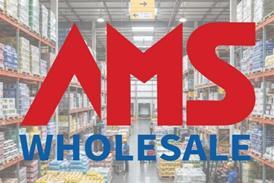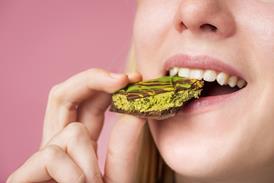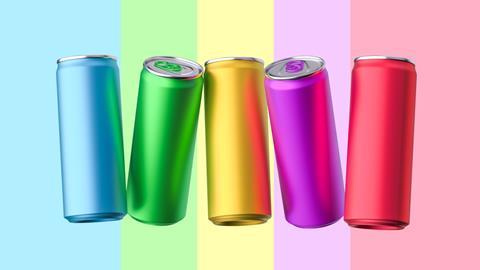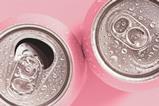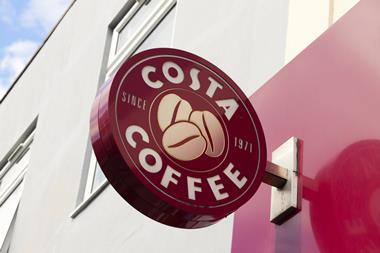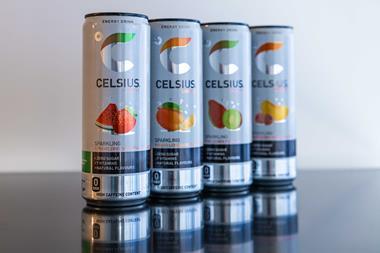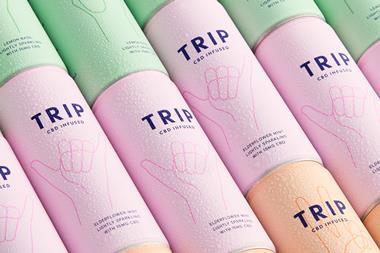With beverage cans already ahead of the field on sustainability, their modern and colourful design potential, with infinite possibilities, also has the power to differentiate brands on-shelf, giving them a standout wow factor.
Around the world, beverage cans are witnessing historic levels of growth. According to one article, approximately 75% of new beverage launches in North America now appear in cans, which is more than double the rate of five years ago.
Meanwhile, the market for beverage cans is expected to see a compound annual growth rate of 2.8% in the UK between 2024 and 2030, according to another study.
In fact, trade body Can Makers’ research has revealed that more than a quarter of UK consumers are buying more canned beverages than ever before, with the increasing variety of premium beverages in cans, including high-quality wines and bar-quality cocktails, leading to more consumers (63%) trying a new drink in a can.
So why has the beverage can become so popular of late?
Beyond some of their more obvious benefits, such as relative sustainability compared to other beverage packaging – including their lightness, recyclability and flexibility – beverage cans present the perfect foil on which to create a huge variety of intriguing designs.
Not only does the can offer a 360-degree canvas to help brands differentiate themselves but also, as brand design company Paropop explains in an article, with a surplus of brands competing for shelf space in the world of beverages, “product differentiation is critical”.
“The beverage can design is a smart way to promote your brand. It is the most cost-effective marketing tool available and can be used in many ways,” adds Paropop. Among these, it cites creating awareness and recognition of a brand name or logo, as well as boosting brand awareness and creating standout on shelf.
A good can design is also able to attract new customers, who might hitherto have been unaware of a particular brand.
Clear attractive packaging designs motivate consumers to make purchasing decisions and enable brands to stand out on the shelves, agrees another article by Can Pack, which highlights how can design “can also influence consumers’ emotions through aspects like colour, typography and material”.
“The psychology of colour plays an incredibly important role in packaging and marketing. The right choice of colour(s) can significantly increase brand recognition/association, and influence purchase decisions. This tool becomes even more powerful when combined with special patterns, effects and textures.”
The route to modern-day success
In a recent study on can design, entitled ‘Aluminium Beverage Cans: A Journey Through Design Innovation’, Can Makers examines why cans have become a go-to packaging format for new market entrants and major brands in the beverage industry. “Technological advancements have transformed the aluminium can into a versatile packaging format, suitable for a diverse and growing range of beverages, from everyday products to luxury brands,” notes Tim Conybeare, chairman of trade body Can Makers and commercial director UK & Ireland at Crown Bevcan EMEA.
“The shift from analogue to digital processes has created an industry where high-speed production lines are now capable of printing approximately 2,000 cans per minute using a ‘dry offset printing process’. Meanwhile, the digital process employed in can design means that technical teams are now able to use advanced software to translate artwork into precise print-ready files.”
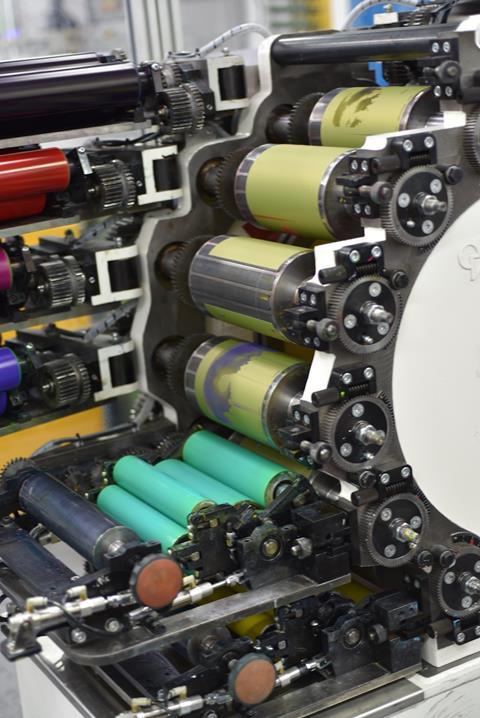
While innovation in printing technology has made the production process cheaper and more efficient than ever, the sheer flexibility that it brings to can design is unparalleled. Beverage brands opting to present their products in a can are able to choose from matte, tactile and even thermochromic finishes that change colour with temperature, or customisable prints, says Conybeare.
What’s more, variable printing techniques enable up to 24 graphic variations per run to be printed, allowing for even more differentiation for seasonal (such as Halloween or Christmas) and limited-edition packaging, for example.
Looking to the future, innovation in can design is only set to be enhanced as technology evolves. “The possibilities presented by AI have yet to be fully realised and present fascinating prospects, including the digitisation of the sample matching process and the development of a Pantone colour chart specifically for the metal decoration industry,” says Conybeare. “There is no doubt the stage is set for brands of all sizes, including an increasing number of new entrants to the market, to drive growth in every category.”
The consumer angle
There is also little doubt that consumers are attracted to certain types of can, either because of the values they convey to their peers or simply for the convenience angle.
In recent research commissioned by Can Makers, four out of 10 consumers say they had bought more alcoholic beverages in cans instead of visiting a pub, due to the cost-of-living crisis, while the trend for low and no alcohol options has seen more than a quarter of consumers trying a new soft drink in a can.
Plus, respondent groups highlighted the appeal of smaller ‘slimline’ cans, which were felt to be more elegant, nicer to hold and conveying a more premium/quality values related to the drinks they contained.
Can Makers Accolades
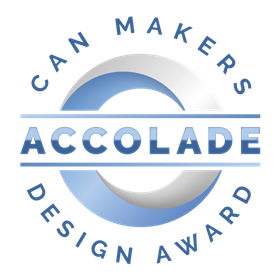
To recognise the growing influence of can design and those brands taking it to a new level, Can Makers has introduced a bi-annual Design Award Accolades programme, where representatives from the trade body’s committee, including design and print experts, meet quarterly to recognise can design cohesion across brand, shelf standout and the innovative use of inks, among other attributes.
Those brands recognised for excellence in design and use of design to create an impact are awarded an Accolade logo, which they can then use on their packaging.
“Contemporary beverage cans have transcended mere functionality, becoming a canvas for brands looking not just to participate but to make a lasting impact and set new standards in design,” says Tim Conybeare, Can Makers chairman. “As the can is adopted by an increasingly wide variety of brands either launching exclusively in cans or offering consumers a new format, the market has never been so competitive. The Can Makers Accolades were launched to celebrate excellence in design and recognise its vital role in helping brands to differentiate and drive growth.”
One company that achieved the Can Makers Design Award Accolate last year was Genius Brewing’s Gen!us IPA can, which adopted a blue-on-gold design – an inversion of its Gen!us Craft Lager can – while mirroring core brand elements including its logo and 3% laurel. According to co-founder Jason Clarke: “In a craft beer segment awash with garish colours and visual gimmicks, the Gen!us IPA can had to be eye-catching yet subtle, elegant yet distinctive”, and the company paid tribute to its talented design team for creating the new look.
To find out more about the versatility of can design, go to www.canmakers.co.uk.


